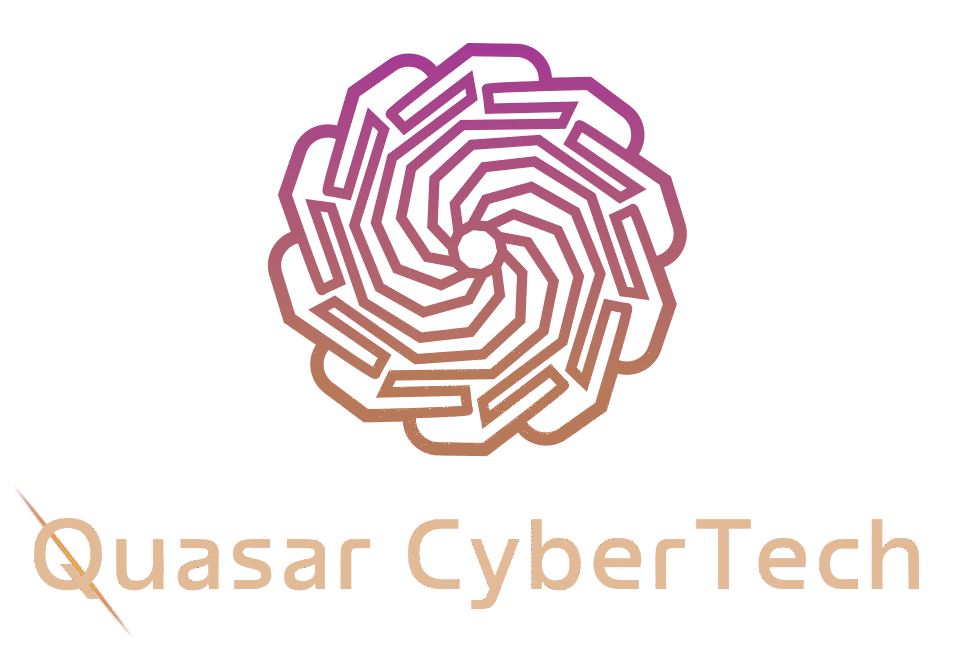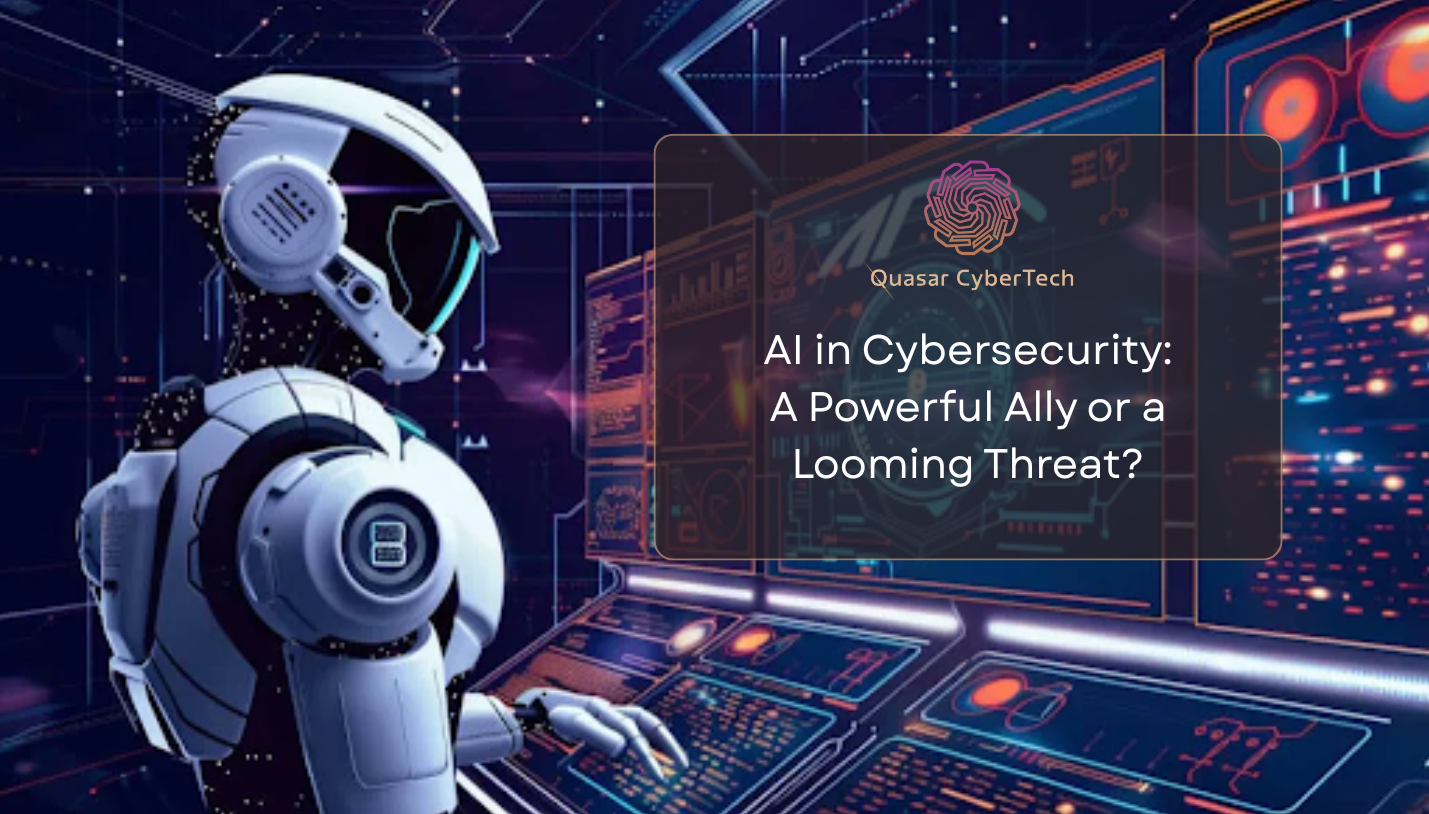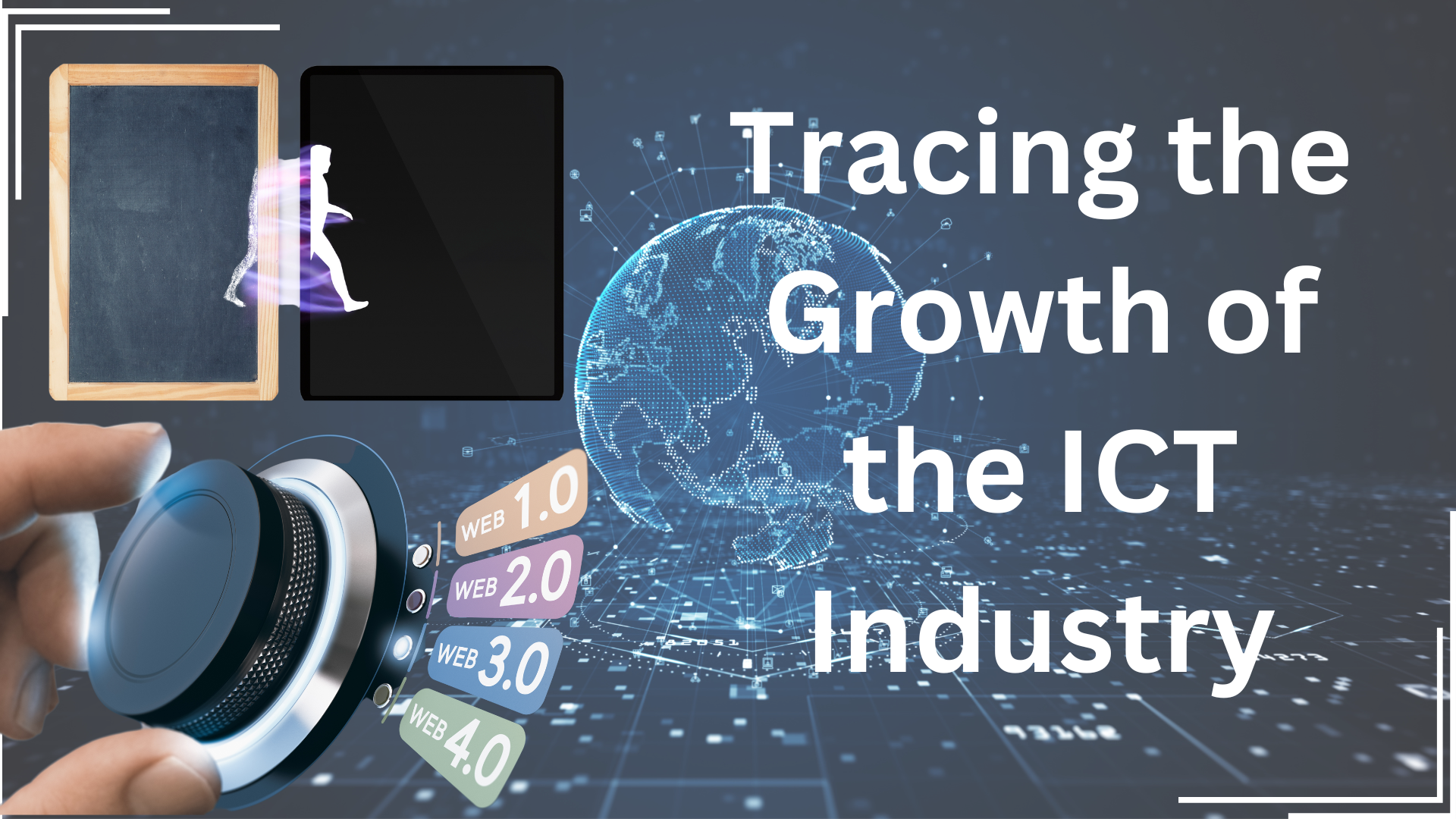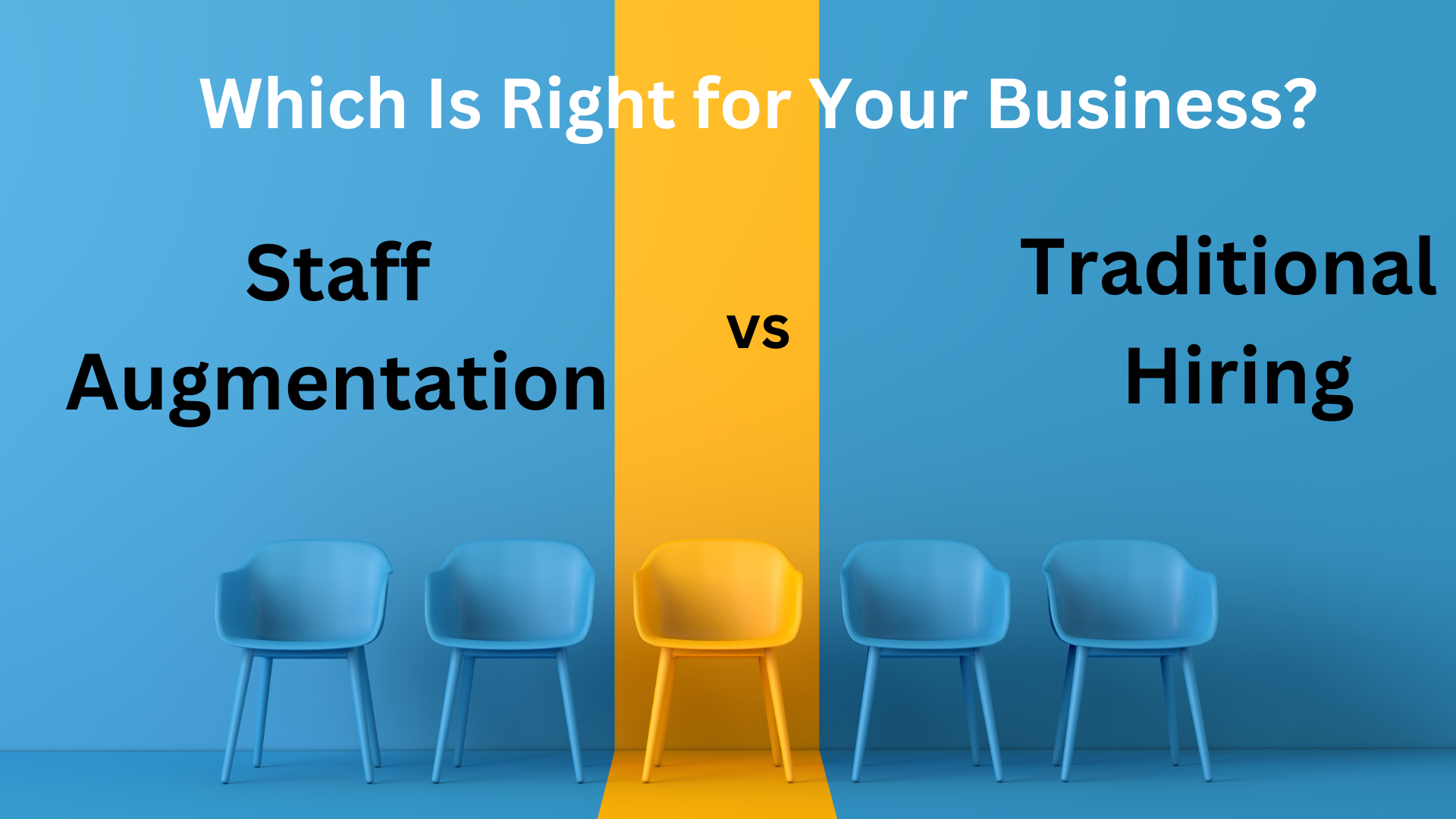Artificial Intelligence (AI) has been a concept in the works for decades, once confined to academic journals and sci-fi literature. Its theoretical foundations date back to the 1950s, when pioneers like Alan Turing and John McCarthy explored the possibility of machines that could think and learn. What began as an ambitious academic pursuit has now grown into one of the most transformative technologies of our time — influencing everything from healthcare to transportation, and more importantly, reshaping the landscape of cybersecurity.
Cybersecurity, too, has evolved over the decades — from basic password protections and antivirus programs in the early days of digitization to sophisticated, multi-layered defense architectures built for today’s hyperconnected world. As digital transformation accelerated, so did cyber threats. Organizations now operate in an environment where every device, user, and piece of data is a potential target. With threats becoming faster, smarter, and more relentless, the tools we use to defend ourselves must evolve at an equal pace. That’s where AI steps in.
The explosive growth of AI — particularly in the last five years — has revolutionized both sides of cybersecurity: defense and offense. From self-learning defense systems to AI-driven attack kits available for purchase on the dark web, the battlefield is no longer human vs. human, but machine vs. machine.
This article explores the dual nature of AI in cybersecurity — its capabilities as both a formidable protector and a potential threat. As AI continues to gain ground in the security domain, understanding its implications becomes crucial not just for tech leaders, but for every organization relying on digital infrastructure.
The Dark Side: Emerging Threats Fueled by AI
1. AI-Driven Cyberattacks on the Rise
The cybersecurity industry is witnessing an alarming trend: the automation of attacks. In Q1 2025 alone, cyberattacks increased by 47%, with AI being the driving force behind many of them. These AI-powered attacks are fast, adaptive, and hard to trace. They can generate hyper-realistic phishing emails, create voice and video deepfakes for impersonation, and pivot their strategies mid-attack based on system responses.
What makes these attacks even more dangerous is their scalability — an attacker no longer needs a large team or years of experience. AI reduces the learning curve while increasing effectiveness, making sophisticated attacks accessible to a broader range of threat actors.
2. Cybercrime-as-a-Service (CaaS)
AI has fueled the rise of a chilling new trend: Cybercrime-as-a-Service. Through underground marketplaces, individuals with minimal technical skills can now rent or purchase AI-driven toolkits to launch sophisticated attacks. These CaaS platforms offer ready-made malware, automated phishing engines, and customer support — effectively industrializing cybercrime.
The implications are vast: organizations now face adversaries not just from elite hacking groups but from everyday individuals armed with machine intelligence.
3. Shadow AI: The Invisible Insider Risk
“Shadow AI” refers to the use of artificial intelligence tools within an organization without formal approval or oversight. Employees may turn to platforms like ChatGPT, Midjourney, or AI-based data analytics tools to increase productivity or explore ideas — but this often happens outside the purview of IT or security departments.
While intentions may be good, the consequences can be severe:
- Data Leakage: Sensitive data could be unknowingly shared with external AI platforms.
- Compliance Violations: Unapproved tools may violate data protection regulations.
- Security Gaps: Unknown apps may contain unpatched vulnerabilities or hidden malicious code.
- Algorithmic Bias: Unvetted AI outputs may lead to flawed business decisions or discriminatory outcomes.
As companies adopt more AI, failure to implement proper governance can lead to an environment where invisible, unmonitored systems pose the greatest internal risk.
The Bright Side: AI as Cybersecurity’s Game Changer
When implemented responsibly, AI becomes one of the strongest assets in an organization’s cybersecurity strategy. It offers real-time insights, scales defenses, and helps security teams act proactively instead of reactively.
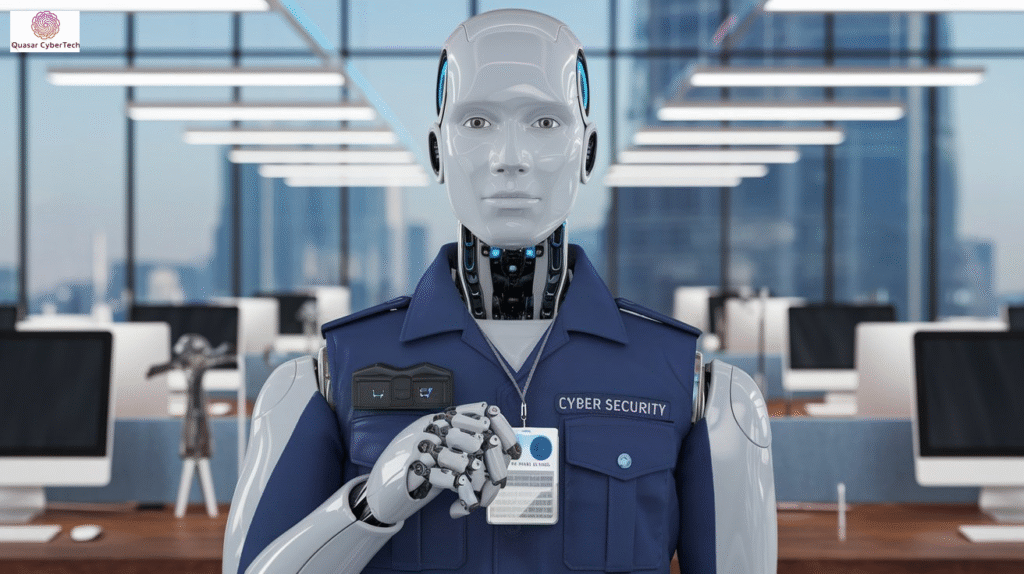
1. Enhanced Threat Detection
Traditional systems rely on known patterns and signatures to detect threats — often failing to spot emerging or zero-day threats. AI changes this approach by analyzing vast streams of log files, network behaviors, and endpoint activity in real time. It identifies subtle anomalies that might indicate a breach, even if it’s never been seen before.
For instance, if a user suddenly begins downloading large volumes of sensitive data at an unusual hour, AI can detect this deviation and trigger alerts instantly — offering a level of insight and response speed previously unattainable.
2. Intelligent Authentication Mechanisms
Older security models relied heavily on static credentials and predefined roles — which could be stolen or misused. AI systems now observe user behavior, continuously learning their access habits, devices, and locations. If login attempts occur from unfamiliar IPs or devices at odd hours, AI can intervene — demanding additional verification or temporarily blocking access.
This dynamic approach reduces reliance on static passwords and helps prevent account compromise due to phishing or credential theft.
3. Proactive Vulnerability Assessment
Conventional vulnerability scans often overwhelm teams with thousands of alerts, without helping them prioritize. AI, however, doesn’t just report — it scores vulnerabilities based on real-time threat intelligence, exploit availability, and business context.
This enables security teams to fix the riskiest flaws first. More importantly, AI allows this prioritization to be customized per organization, factoring in its industry, infrastructure, and the potential impact — a level of context-aware decision-making that was not possible before.
4. AI in Phishing and Social Engineering Defense
AI’s ability to understand and generate language allows it to spot subtle phishing cues that humans often miss — such as irregular sentence structure, domain impersonation, or emotionally manipulative wording. As phishing tactics evolve, AI evolves with them, building more robust filters over time and reducing false negatives that traditional systems may allow.
5. Predictive Threat Intelligence
By scanning dark web marketplaces, hacker forums, and malware repositories, AI can identify new attack patterns before they are widely deployed. This predictive capability enables organizations to bolster defenses ahead of time — transforming threat intelligence from reactive to proactive.
6. AI-Powered Penetration Testing
Modern penetration testing is no longer limited to manual assessments run once a year. With AI, organizations can now run continuous, automated pen tests that simulate real-world attack behavior.
AI adapts to the target environment — mapping network topology, identifying weak points, and executing simulated attacks to test system resilience. It can even adjust attack vectors based on security controls in place, mimicking the strategy of advanced persistent threats. This not only provides broader test coverage but also highlights how a real attacker would exploit specific gaps — allowing teams to address them faster and more effectively.
Generative AI: A Double-Edged Sword
Generative AI, the technology behind tools like ChatGPT, is rapidly influencing cybersecurity — for better and worse.
On the threat side, it enables the creation of:
- Realistic phishing emails and scam campaigns with near-perfect grammar and contextual accuracy
- Deepfakes and voice cloning used for impersonation or fraud
- Malicious code snippets that can evade traditional detection
But on the defense side, generative AI also helps:
- Draft intelligent response scripts for incidents
- Simulate social engineering attacks during awareness training
- Generate decoy content to mislead and trap attackers in honeypots
The key lies in how organizations choose to integrate generative AI into their operations — with responsible use yielding powerful protection, and careless adoption opening doors to risk.

What Lies Ahead?
AI is not going away. If anything, its presence in cybersecurity will only grow. The technology has moved from being an optional enhancement to a core component of modern defense systems.
But with great power comes great responsibility.
To harness AI safely, organizations should:
- Establish a robust AI governance framework
- Train staff on ethical and secure AI usage
- Monitor for unauthorized AI activity (Shadow AI)
- Vet AI tools before integration
- Collaborate across departments to align security goals with AI innovation
Conclusion
The journey of AI in cybersecurity is still in its early chapters. What we’re seeing today is only the beginning of a broader evolution where machine intelligence will play a decisive role in defending — or breaching — digital systems.
AI is a tool — neutral by design. Its role in cybersecurity depends entirely on how, and by whom, it’s used. In skilled and ethical hands, AI has the power to preempt cyberattacks, detect anomalies, and protect digital assets. But in the hands of malicious actors, it can be turned into a weapon — automating attacks, breaching systems at scale, and staying one step ahead of traditional security defenses.
As AI continues to evolve, so must our understanding and control over it. The battle is not AI vs. humanity — it’s whether humanity can guide AI’s power toward protection, not destruction.
